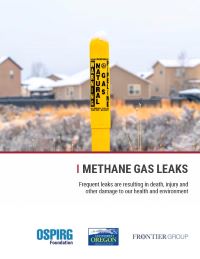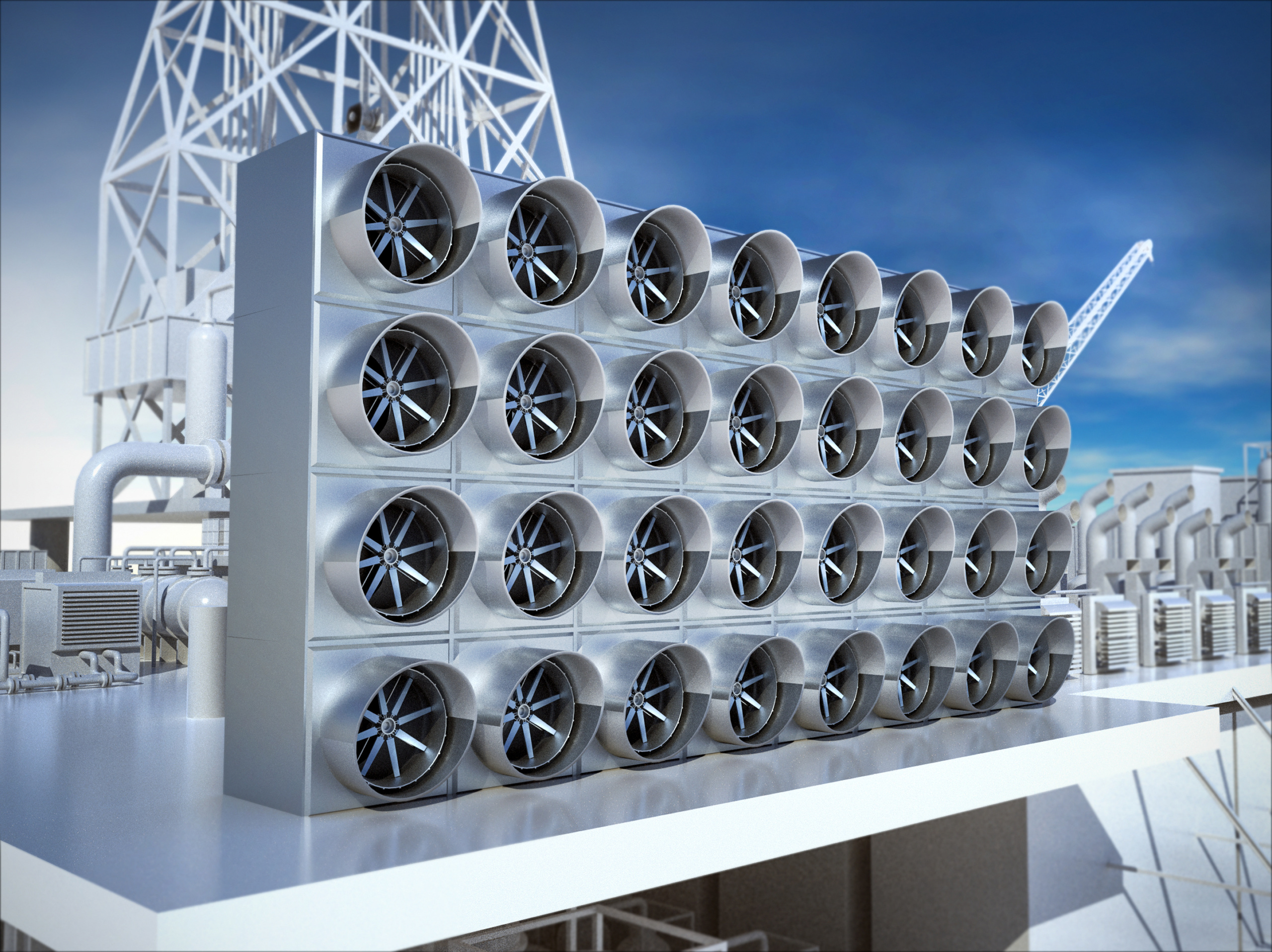
America’s Dirtiest Power Plants
Polluters on a Global Scale
As international leaders prepare for the United Nations Climate Summit next week in New York, a new study shows America’s power plants dump as much carbon pollution into the air any other country’s entire economy except China. Environment Oregon Research & Policy Center pointed to the report as evidence for why the Environmental Protection Agency’s proposal for the nation’s first-ever limits on carbon pollution from power plants is a critical step in the international fight against global warming.
Downloads
Environment Oregon Research and Policy Center

America’s power plants are among the leading global sources of the dangerous carbon pollution that is fueling global warming. Devastating droughts such as the one in California, massive wildfires, increased threats to coastal areas due to sea level rise, and an increase in extreme rainfall are among the impacts that science tells us will become more frequent and severe unless the United States and the world take action now to reduce carbon pollution.
To address this threat, in June 2014 the U.S. Environmental Protection Agency took a bold step to reduce carbon pollution from power plants by proposing the Clean Power Plan, which would cut pollution from power plants by 30 percent below 2005 levels by 2030.
Cleaning up power plants is one of the most important steps the U.S. can take to reduce the threat of global warming. In 2012, U.S. power plants produced more carbon pollution than the entire economies of Russia, India, Japan or any other nation besides China. In fact, the 50 dirtiest U.S. power plants alone – representing less than 1 percent of U.S. power plants – produced as much pollution in 2012 as the nation of South Korea (the world’s seventh leading emitter of greenhouse gases).
To reduce the threat of global warming, the United States must strengthen and implement the Clean Power Plan, while encouraging other nations to agree to take similar bold action at the international climate conference in Paris in 2015.
U.S. power plants are among the most significant sources of global warming pollution in the world.
- In 2012, U.S. power plants produced more than 6 percent of global warming emissions worldwide – more than any other industrialized nation except China. The 50 dirtiest power plants produced nearly 2 percent of the world’s carbon dioxide emissions. (See Table ES-1.)
- U.S. power plants produced nearly as much carbon dioxide pollution in 2012 as was produced cumulatively that year in all of South America, Canada and Mexico. (See Figure ES-1.)
Table ES-1. The Dirtiest U.S. Power Plants Produce Globally Significant Amounts of Carbon Dioxide (CO2) Pollution
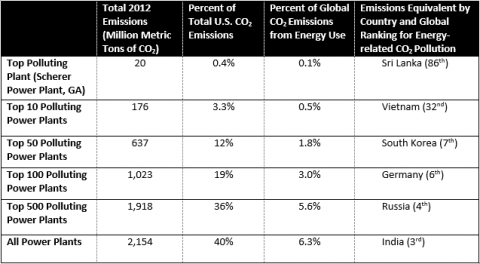
Figure ES-1. In 2012, U.S. Power Plants Produced Nearly as Much CO2 Pollution as Canada, Mexico and All Countries in South America Combined
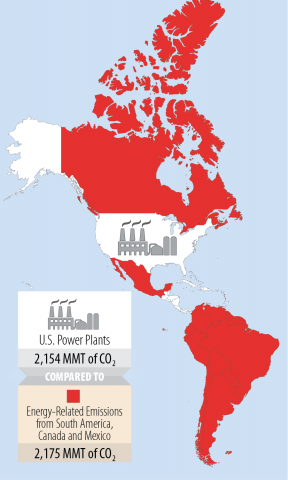
A small handful of the dirtiest coal plants produce a massive and disproportionate share of the nation’s global warming pollution.
- In 2012, power plants produced about 40 percent of all U.S. emissions of carbon dioxide, the leading pollutant driving global warming. (See Table ES-1.)
- The 50 dirtiest U.S. power plants produced 30 percent of all power-sector carbon dioxide emissions in 2012 while producing only 15 percent of the nation’s electricity.
- The dirtiest power plants tend to be older plants fueled by coal. Coal-fired power plants produced about 74 percent of all power plant pollution in 2012, despite producing only 37 percent of the nation’s electricity. (See Figure ES-2.)
Figure ES-2. Share of Total U.S. CO2 Emissions Produced by Power Plants and U.S Power-Sector Emissions by Fuel Type, 2012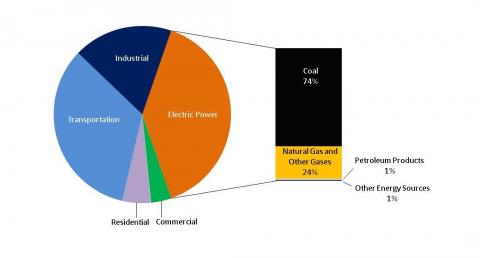
Figure ES-3. Dirty Power Plants Make an Outsized Contribution to U.S. Carbon Dioxide Pollution (Million Metric Tons – MMT, 2012)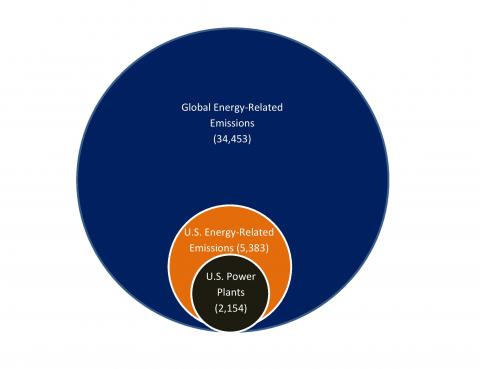
New pollution standards for U.S. power plants announced by the Environmental Protection Agency in June 2014 will result in important reductions in carbon emissions on the global scale.
- By 2030, the U.S. EPA’s proposed Clean Power Plan will cut 550 million metric tons of carbon pollution from power plants each year –roughly equivalent to the amount emitted in 2012 by the entire nation of Canada, the world’s eighth-largest emitter of carbon dioxide.
- When finalized, the Clean Power Plan would be the largest step the United States has ever taken to cut global warming pollution.
However, the United States must do more to prevent the worst impacts of global warming. The United States should cut overall emissions of global warming pollution by at least 80 percent below 2005 levels by 2050. This will require action at all levels of government.
- The U.S. EPA should strengthen, finalize and implement the Clean Power Plan. EPA should strengthen the Clean Power Plan by tapping the potential for renewable energy and energy efficiency to cut carbon pollution deeper and faster – achieving a 35 to 40 percent cut in power-sector emissions below 2005 levels by 2020 and fully meeting President Obama’s climate commitment to the international community. The EPA should finalize the plan by June 2015 and begin enforcing it by July 2016.
- Congress should also take action to drive down emissions and promote renewable energy, including by adopting a comprehensive national climate policy and passing a national renewable electricity standard.
- President Obama should propose a strong international target for reducing carbon emissions at the Paris climate conference in 2015.
- States should implement the Clean Power Plan in ways that maximize the potential for clean, renewable energy and energy efficiency, rather than increasing reliance on natural gas or nuclear power. States should:
- Begin working now on a compliance plan that will meet EPA’s currently proposed standards. After the standards are finalized in 2015, states should plan to submit final compliance plans to EPA on time in 2016 or by 2018 for states creating regional programs.
- Consider adopting or strengthening renewable electricity standards (RESs) by moving compliance years forward or by increasing the share of electricity utilities must obtain from renewable sources.
- Consider incorporating specific targets for solar or wind energy capacity into RESs. Include carve-outs for distributed generation to maximize potential economic benefits.
- Adopt or strengthen state energy efficiency resource standards that require utilities to deliver energy efficiency improvements in homes, businesses and industries.
- Consider statewide adoption of the newest International Energy Conservation Code to improve building energy efficiency and lower emissions.
- Explore joining or creating regional emissions trading programs such as the Northeast’s Regional Greenhouse Gas Initiative. Regional programs can help maximize the potential for cost-effective emissions reductions, since electricity systems often span several states.
Topics
Find Out More


“Certified natural gas” is not a source of clean energy
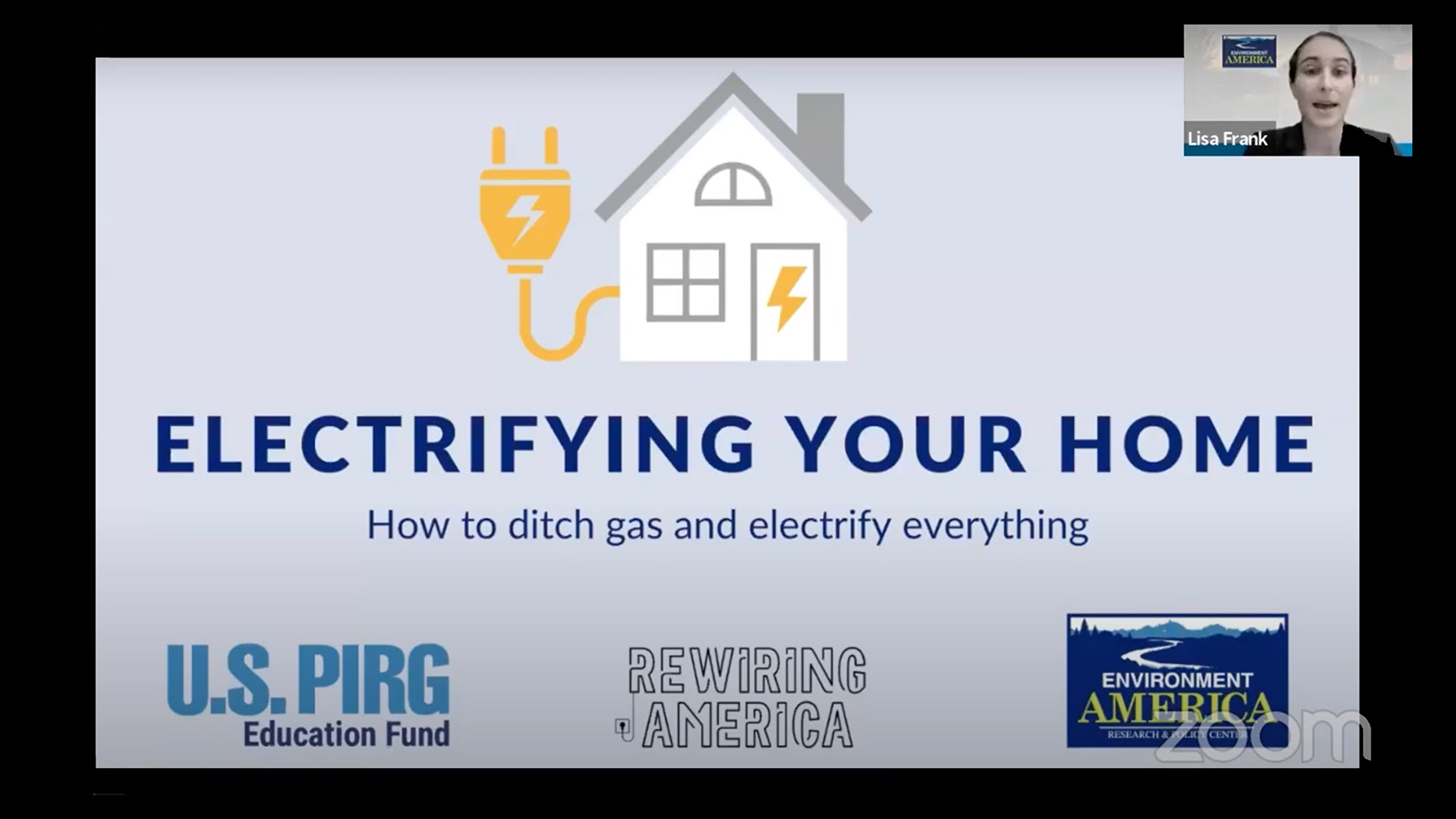
How you can electrify your home
